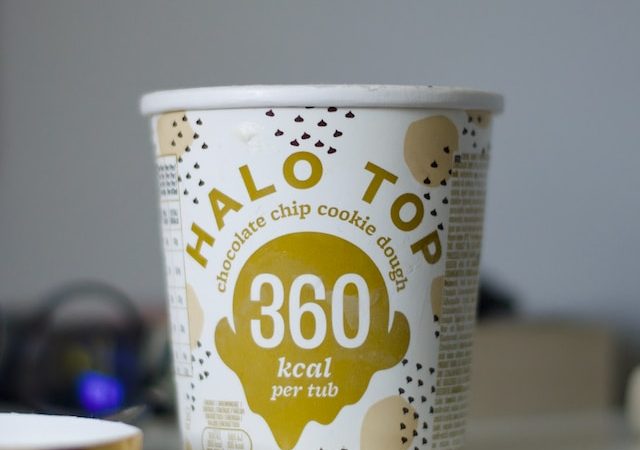Introduction: Have you ever wondered how many calories you’re really burning during your favorite workouts? Understanding the science behind calorie burn is crucial for achieving your fitness goals. Whether you’re a fitness enthusiast or just starting your fitness journey, knowing the calorie-burning potential of different workouts can help you make informed decisions and maximize your
Introduction: Have you ever wondered how many calories you’re really burning during your favorite workouts? Understanding the science behind calorie burn is crucial for achieving your fitness goals. Whether you’re a fitness enthusiast or just starting your fitness journey, knowing the calorie-burning potential of different workouts can help you make informed decisions and maximize your efforts. Join us as we dive into the science behind calorie burn and uncover how many calories you can torch during your favorite workouts.
- The Basics of Calorie Burn: Before we delve into specific workouts, let’s explore the fundamentals of calorie burn. Calories are units of energy, and when you engage in physical activity, your body expends energy, resulting in the burning of calories. Several factors influence the number of calories burned, including exercise intensity, duration, individual characteristics, and even environmental conditions.
- High-Intensity Cardio: Ignite the Calorie Inferno: High-intensity cardio workouts are known for their ability to torch calories. Activities like running, cycling, and high-intensity interval training (HIIT) elevate your heart rate and increase energy expenditure. Running at a moderate pace can burn approximately 300-600 calories per hour, while vigorous cycling can help you shed around 500-1,000 calories within the same timeframe. HIIT workouts, with their alternating bursts of intense activity and short recovery periods, can further boost calorie burn and enhance post-workout metabolic rate.
- Strength Training: Building Muscles and Burning Calories: Strength training, often associated with weightlifting, not only helps you build lean muscle but also serves as a powerful calorie burner. While the immediate calorie burn during strength training might not be as high as in cardiovascular exercises, it offers a unique advantage. Building muscle mass increases your body’s resting metabolic rate, allowing you to burn more calories even at rest. On average, an hour of strength training can help you burn 200-400 calories, depending on the intensity and exercises performed.
- Group Fitness Classes: Fun and Calorie-Burning Workouts: Group fitness classes provide a motivating environment while delivering effective calorie-burning workouts. Activities like Zumba, kickboxing, and aerobics combine cardiovascular exercises with strength and flexibility training, resulting in a well-rounded workout. Depending on the intensity and duration of the class, you can burn anywhere between 400-800 calories per hour. The energetic atmosphere and camaraderie in group settings can further enhance your motivation and commitment.
- Mind-Body Workouts: A Calming Path to Calorie Burn: Mind-body workouts like yoga, Pilates, and tai chi offer a different approach to calorie burn. While the calorie expenditure might be moderate compared to high-intensity exercises, these practices provide numerous benefits such as improved flexibility, reduced stress, and increased mind-body connection. On average, an hour of yoga can burn around 200-400 calories, depending on the style and intensity.
Conclusion: Understanding the science behind calorie burn during your favorite workouts empowers you to make informed decisions about your fitness routine. High-intensity cardio exercises, strength training, group fitness classes, and mind-body workouts all have unique calorie-burning potentials. However, it’s important to remember that the numbers provided are estimates and can vary based on individual factors such as weight, age, and fitness level. Use these estimates as a general guide and adjust them according to your own experience. Embrace a variety of workouts that you enjoy and consult with fitness professionals to design a personalized fitness plan. With dedication, consistency, and a clear understanding of calorie burn, you can achieve your fitness goals and live a healthier, more active life.

















Leave a Comment
Your email address will not be published. Required fields are marked with *